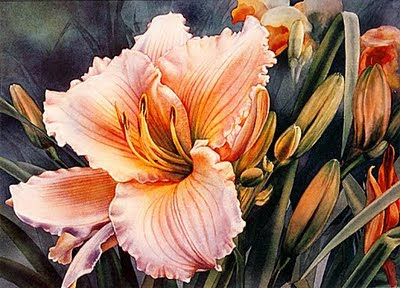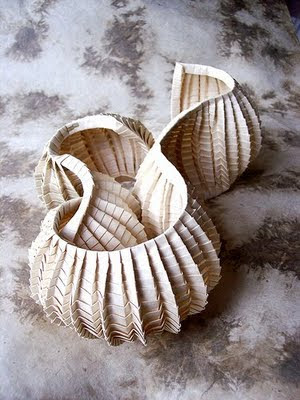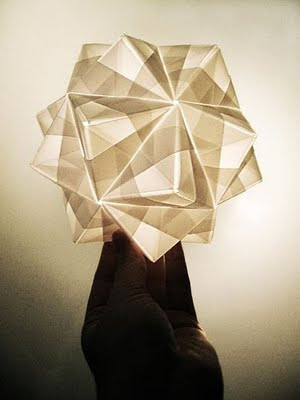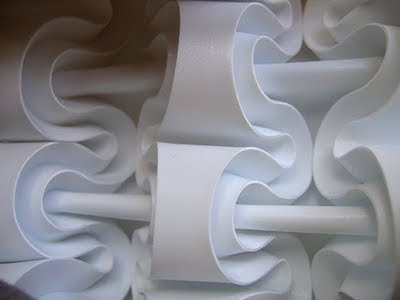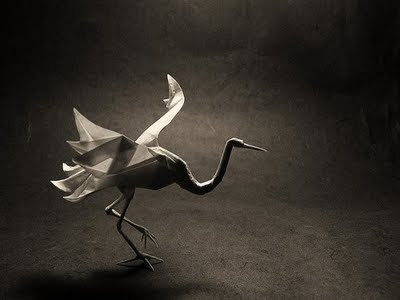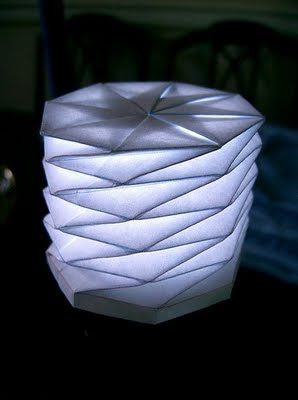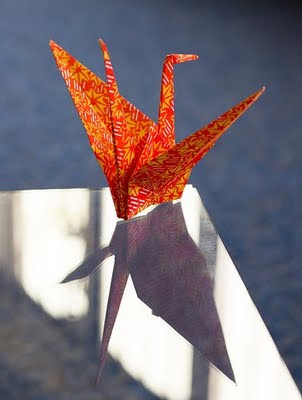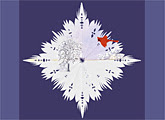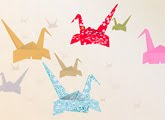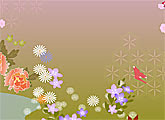Most people think of watercolor as a medium best suited and usually used for quick, fluid compositions. But like any other medium, it can be used to create amazing detail, elaborated planned and executed paintings or quite simply paintings that spring alive. Finding this balance can be hard.
When I first started painting with watercolors as a child I mainly painted the Scandinavian landscapes where powerful skies, rolling hills and life by the sea lends itself very well to less fussy, quick paintings. Frankly so did my personality. Only with maturity did I learn some measure of patience. And techniques for improving my watercolors. Combining the fluid, almost zen like confidence of eastern brush painting with carefully painted, layered details is now my preferred style. One such example was the watercolors I painted for the card titled “Mandarin Ducks”, although when I paint for the ecards I tend to paint backgrounds separate from the objects of the painting so that they can be animated.
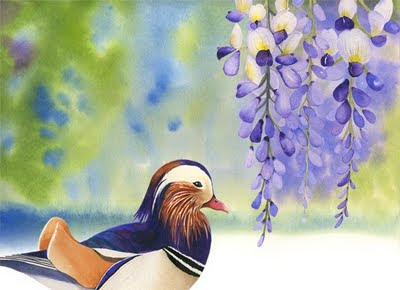 Click on the mandarin duck to see the card “Mandarin Ducks“
Click on the mandarin duck to see the card “Mandarin Ducks“There are a number of great watercolor books but I will just mention a few of the ones I have found most inspiring and helpful.
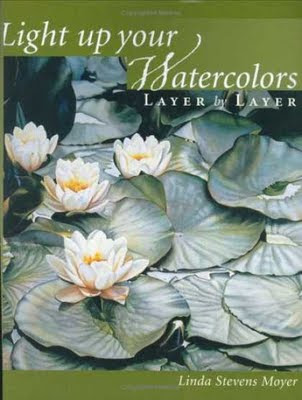
Light Up Your Watercolor Layer by Layer by Linda Moyer is more helpful for somewhat experienced watercolor artists who want to take their painting to the next level in my opinion, although it is apparently geared to even novice painters with coverage of some more basic things like color theory and studio setup. The techniques described will take some practice and lots of patience to master but are well worth it.
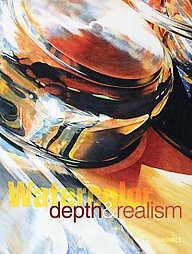 Watercolor Depth And Realism: 5 Simple Techniques For Adding Dimension To Your Paintings by Laurie Humble is another favorite of mine. I think the cover almost speaks for itself, but again best for intermediate watercolor artists.
Watercolor Depth And Realism: 5 Simple Techniques For Adding Dimension To Your Paintings by Laurie Humble is another favorite of mine. I think the cover almost speaks for itself, but again best for intermediate watercolor artists.
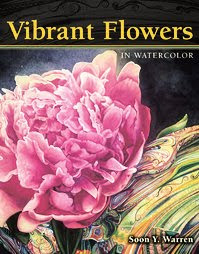
Vibrant Flowers in Watercolor by Soon Y. Warren is another advanced book that merges some Eastern aesthetics with western watercolor techniques. The publisher has given access to a demo from the book, so you can get a taste. The layering of washes of primary colors shown in this demo illustrates one of the most important techniques I learned to take my paintings to a new level.

